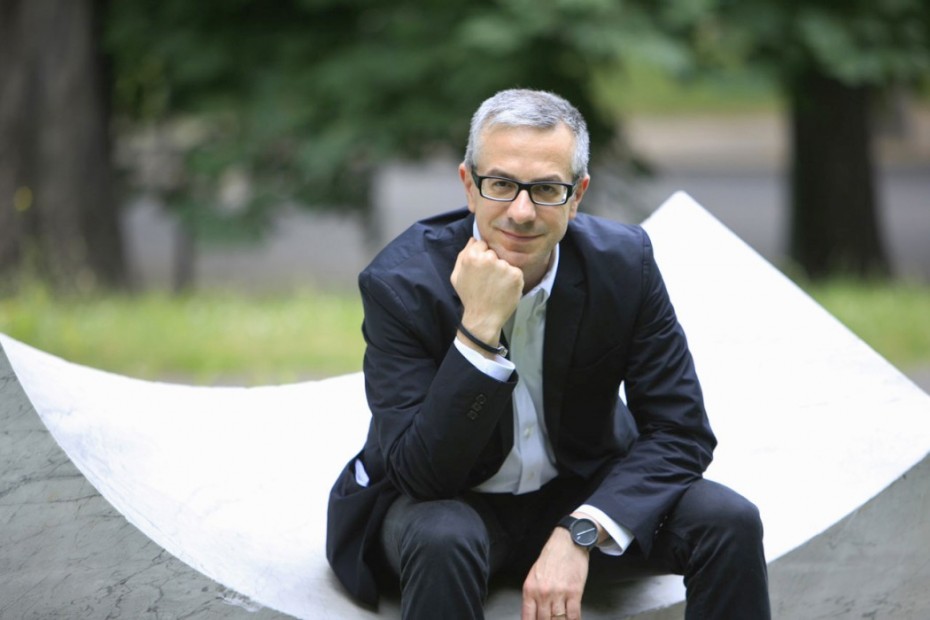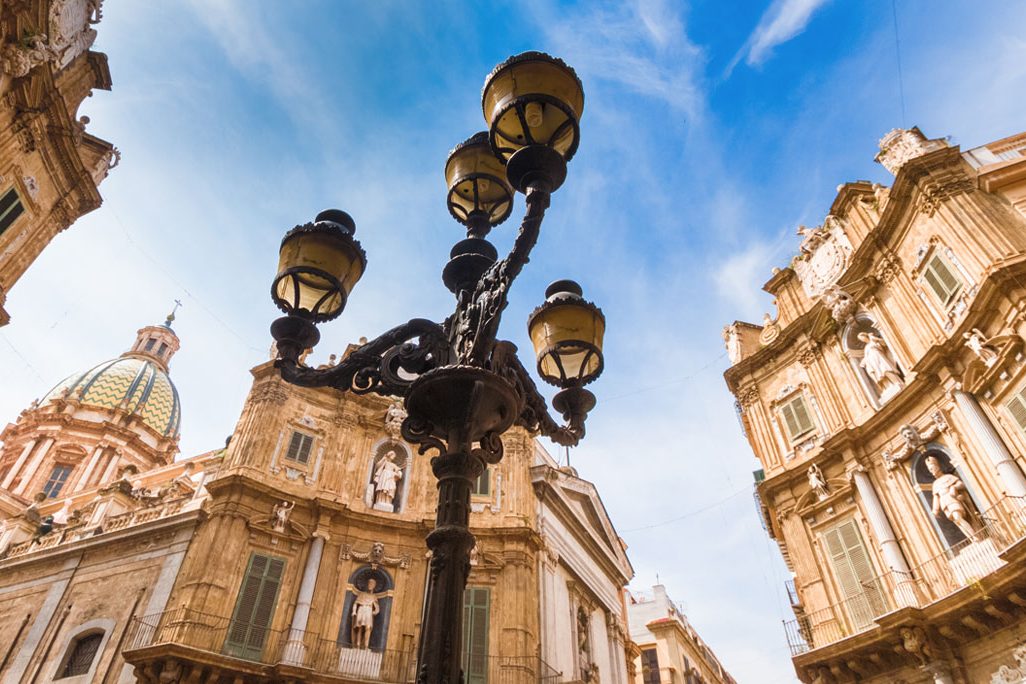Imago Mundi is a unique artistic map of the world that Luciano Benetton devised during his travels around the world, after his retirement in 2008. He happened to be in South America in the studio of an emerging artist and the Italian enlightened entrepreneur who has always loved art since an early age asked the artist for a business card. Instead of a business card he received a small completed canvas (10 cm x 12cm) with the artist’s contact information.
That little painting was a present that marked a turning point in Benetton’s life. He decided at that moment that he would commission a diverse collection of art from all five continents. The first thousand paintings from contemporary artists from Australia (Aboriginal art), India, Japan, South Korea, and the United States were presented in 2013 as a collateral event of the 55th International Art Exhibition – Venice Biennale, at the Querini Stampalia Foundation and Museum, designed by Carlo Scarpa. Over two hundred artworks from each country were grouped according to nationality and continents and presented within an extraordinary installation designed by architect Tobia Scarpa.
This welcoming structure helps the understanding of the collection in its interdisciplinary approach. It looks like an ideal library that the viewer enters and is able to interact with the artworks, as if they were books. The collection, which by now includes 6930 artists from 40 countries, including Latin America, Eastern Europe, Russia, and all of Africa will be featured from August 31 until November 1, 2015 at the Giorgio Cini Foundation in Venice. The entrance to the exhibition is free.
Imago Mundi, a long term, non profit endeavour is indeed an ongoing international project, an artistic journey through exhibitions, catalogues, and a new portal on the web (www.imagomundiart.com) with the aim of showing to the widest possible audience a multifaceted artistic tapestry, which includes not only painters and sculptors but also architects, designers, writers, poets, and musicians. The result is an unprecedented kaleidoscope which introduces the audience to each country in all its artistic richness. By the year 2016 Imago Mundi will include over 50 countries and 10 000 artists. Through the inclusion of a huge number of artists, the Imago Mundi project may well be a contribution to an enriching cultural, social, and civil dialogue.
The artists are featured with a short 150 word profile and with their special completed canvas which can be flipped and seen also from behind to allow for a 360 degree appreciation of this interactive exhibition. Accompanying the shows is a set of hardcover catalogs published by Terra Ferma Edizioni, with full colour illustrations of every work of art, front and back. The works are reproduced on a one to one scale. The catalogues are on sale at the Venice Biennale, major book stores and online from the Fabrica store.
Fabrica is a communications research centre, studio and school. It is based in Treviso, Italy, and is an integral part of the Benetton Group. It is hosted in a magnificent building designed by Tado Ando who managed to combine his appreciation for Andrea Palladio and Carlo Scarpa, linking this way the best of Italian Renaissance with 20th century modernism.
This cultural organization is specially designed to address 21st century issues and opportunities. It is based on diversity – of people, perspectives, and technologies – to actively seek the new and the emerging. Upcoming designers, journalists, artists and researchers can apply for a scholarship to work and be involved with Fabrica.
Luciano Benetton does not only have a love for contemporary art but he is greatly involved in the restoration of important churches such as San Theonistus in Treviso and other ancient buildings all over Italy which once fully restored, will become cultural centres and exhibition spaces. He truly believes that the goal of art is to open up to the world making us understand the other with no limitations or borders. He does not see himself as an art connoisseur or expert but even though he was engaged in the most different professional endeavours in life he was deeply influenced by artistic avant-gardes because of their dynamic energy and visionary sprit.
Imago Mundi translates to “image of the world” and this is truly the most suitable title for a unique democratic artistic map of the world.





























